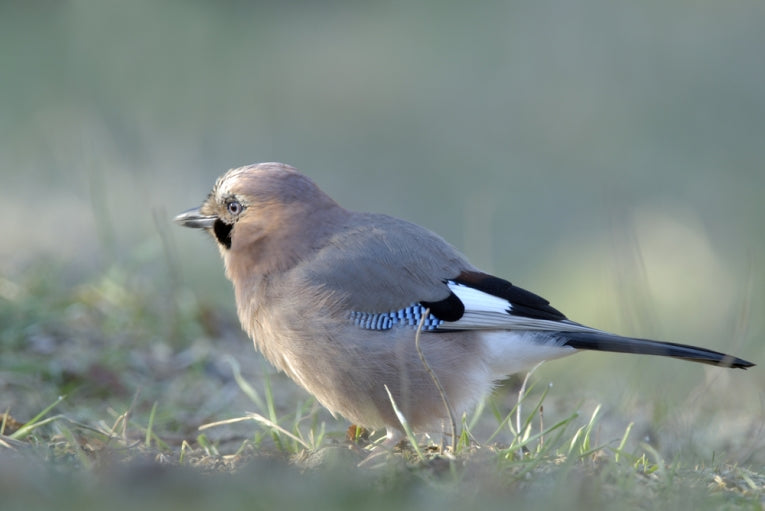The high altitude habitat of the ground tit would challenge any warm-blooded vertebrate that doesn't hibernate. The extremes of the Tibetan Plateau involve low oxygen, no trees, and temperatures that would freeze your beak off. The tit has adapted with a larger mass that made scientists believe it was the world's smallest crow.
The truth is, it's the world's biggest tit,Parus humilis, with burrowing techniques that it developed over the last 7.7 to 9.9 million years. Both the winter roosting burrow and the nesting burrow can be 1.8m in length, while pikas are often used in a loose mutualism to avoid predation by eagles or other raptors.
"Running" rather than flying, performed by these birds involves a charming bouncing movement as they quickly cover ground, then jump into a nearby burrow. Nature Communications publishes the paper on its genome by Yanhua Qu, Professor David Lambert, Sankar Subramanian, et al .They hail from various Beijing Universities, the Swedish Museum of Natural History and Griffiths University, Australia.
After Tibetan antelopes, Pantholops hodgsonii, were investigated as to how they could survive such extremes, it was fairly obvious to look at how an endemic bird could be genetically adapted to such extremes. At beyond 5000m in some cases, the fatty acid metabolism is fitted to the extreme cold. Genetically, the species has developed metabolically and lost some olfactory (smell) and immune responses. Obviously, microorganisms do not do well at these temperatures. And Dr Subramanian notes that, "This could be a consequence of the limited variety of scents to be found in the arid, alpine meadow environment, but that doesn't explain why the yak, a species that also inhabits the Tibetan Plateau, has an increased number of olfactory receptor genes compared with cattle."
The dung of the yak is one reason that the tit survives, providing a food source for the insects on which the ground tit subsists. This means we next have to check how other tit species at lower altitude are adapted in their hypoxia and olfactory sense. The hypoxia responses seem to have evolved rapidly and recently, alongside some skeletal changes, the metabolic adaptation and the lack of olfactory response.
Gansu Province provided the ground tit, while some comparisons were made with other birds such as great tits from Yunnan and the yellow-cheeked tit in Guangxi.
The paper is published in Nature Communications.










